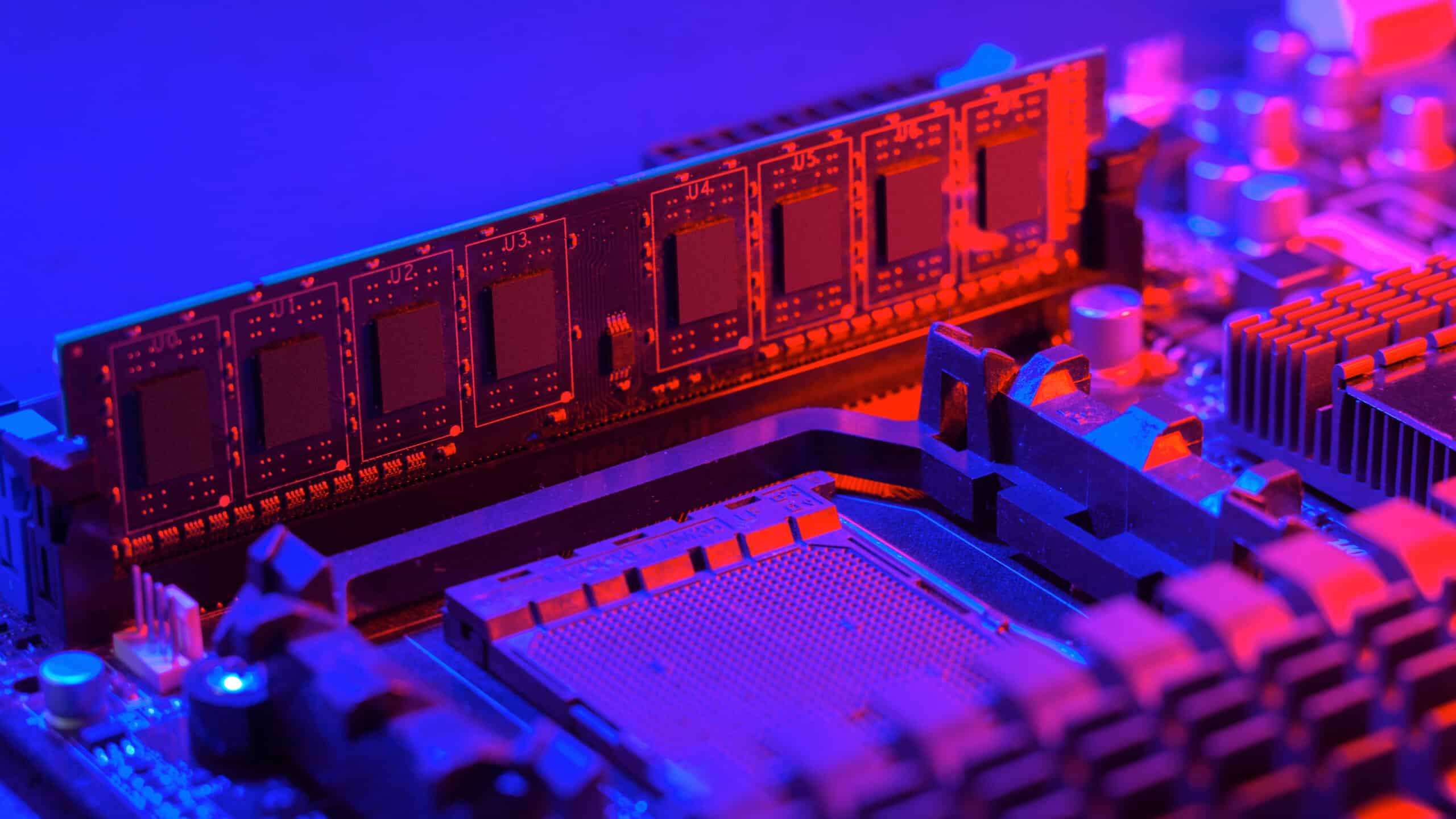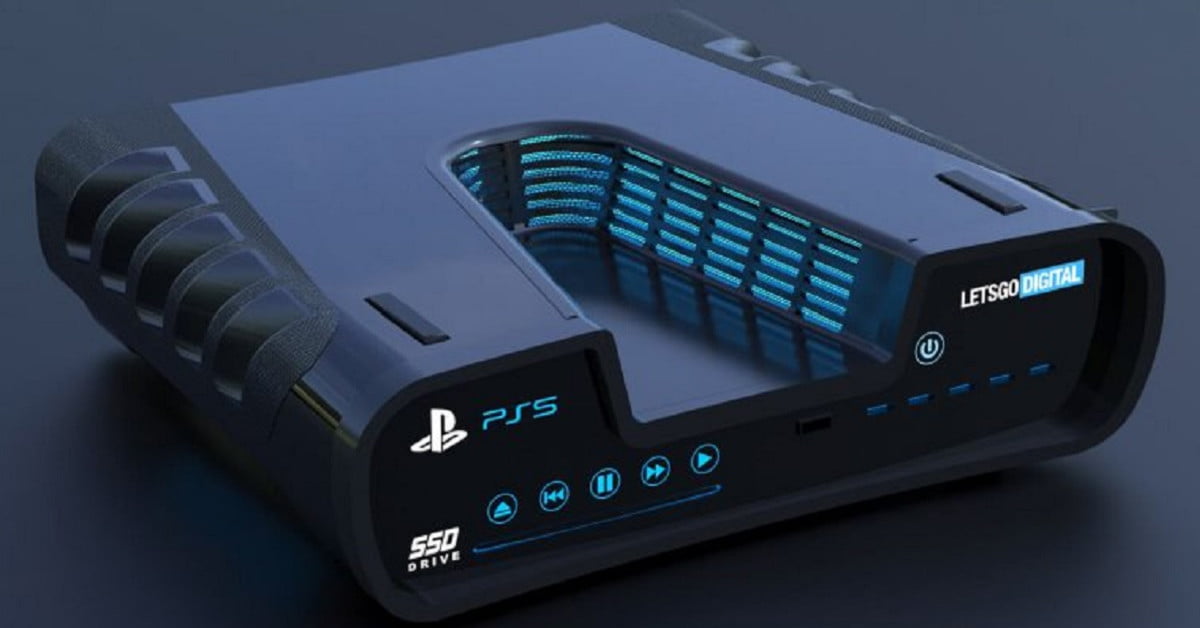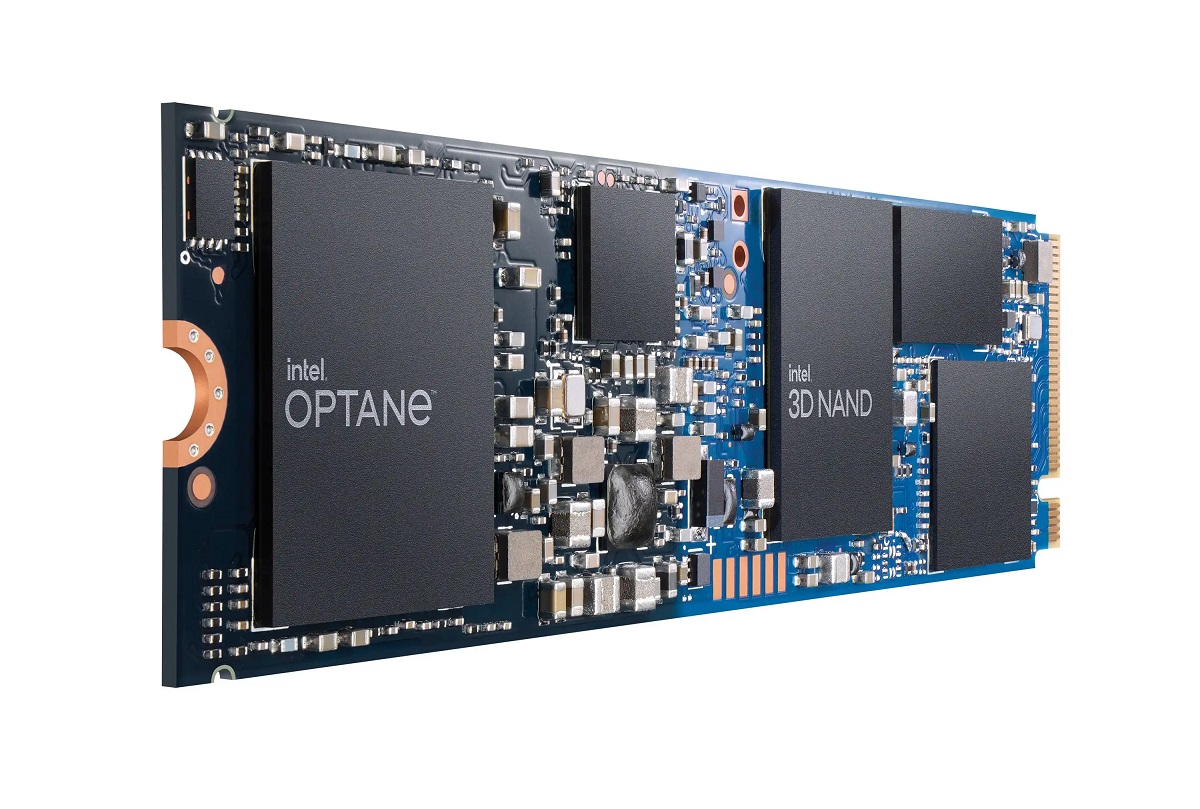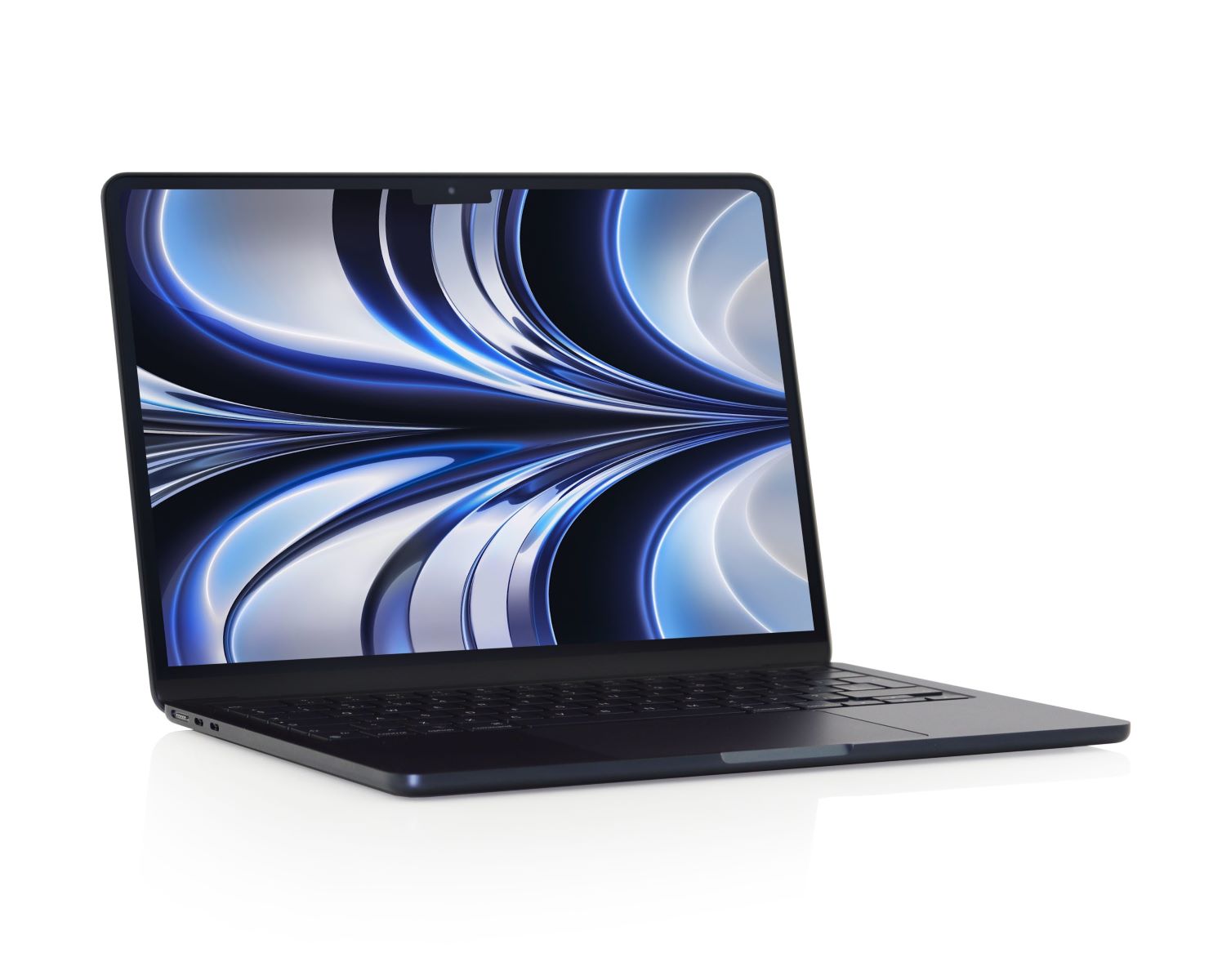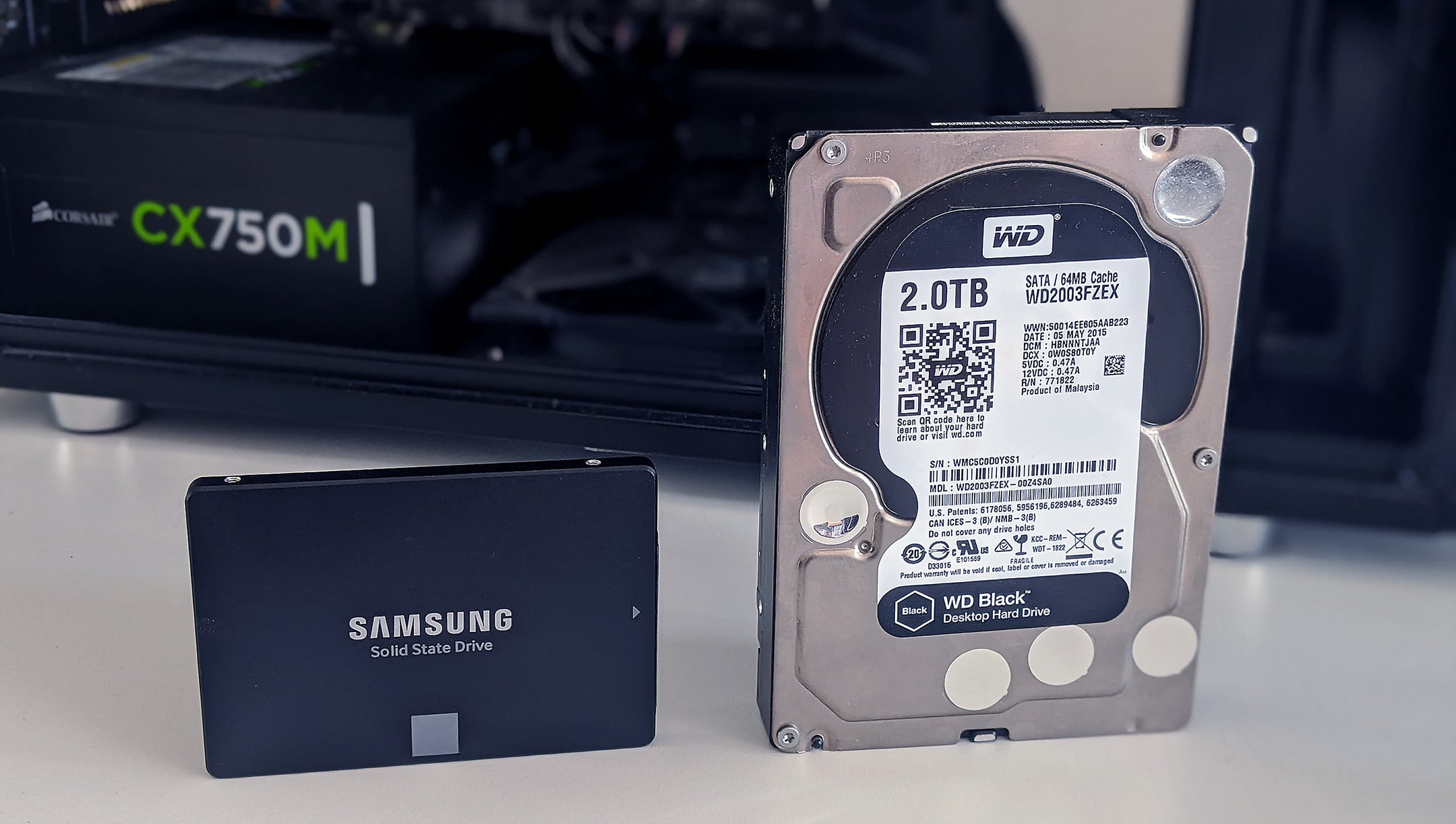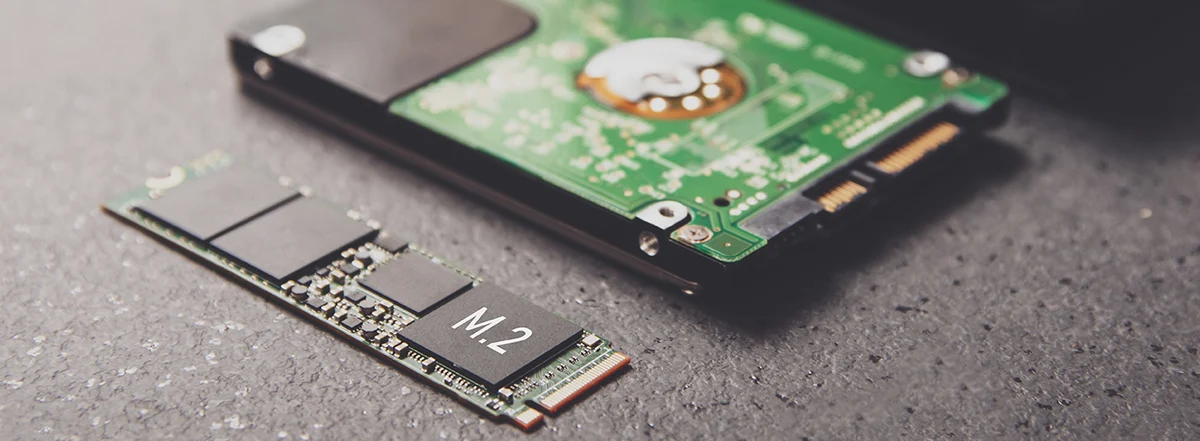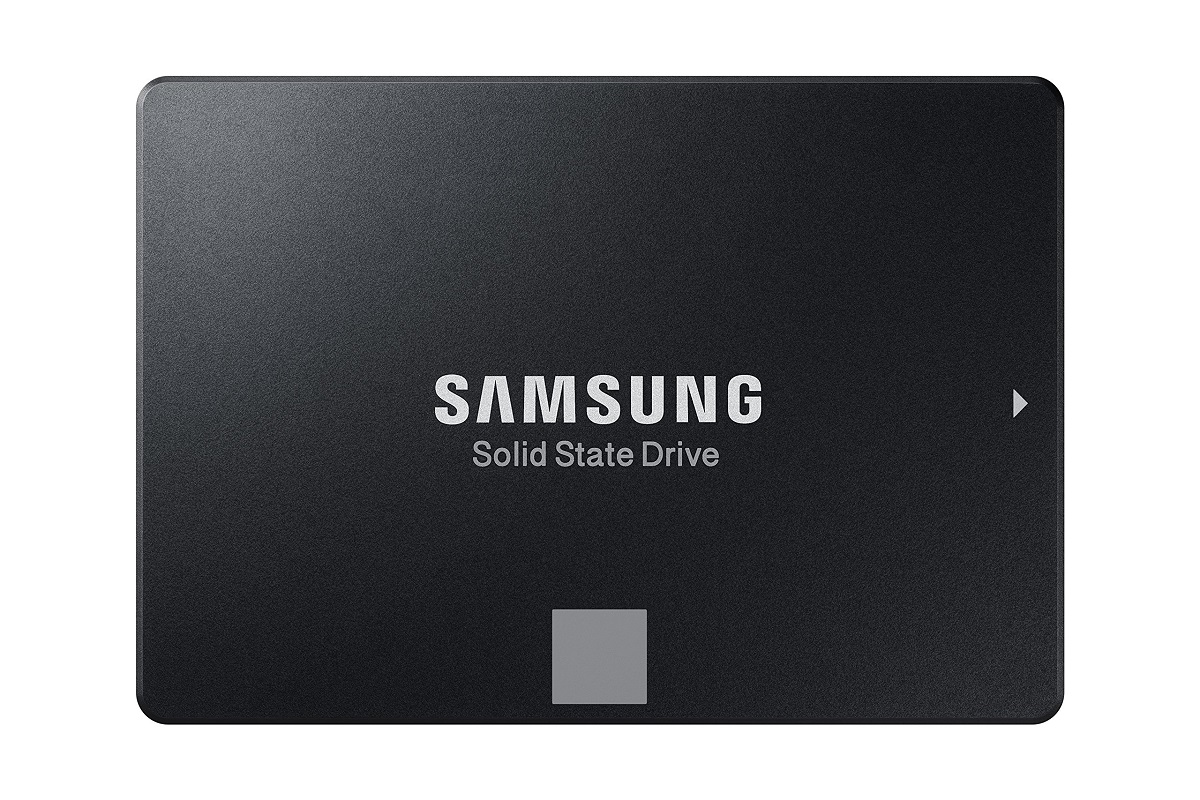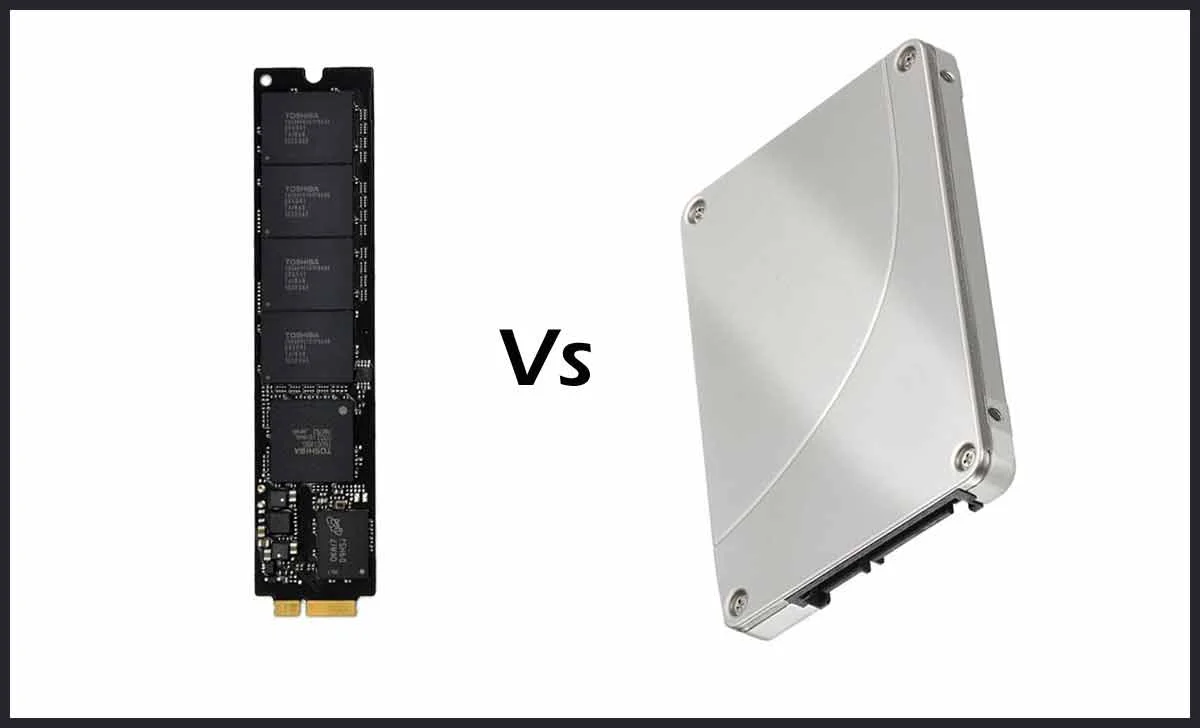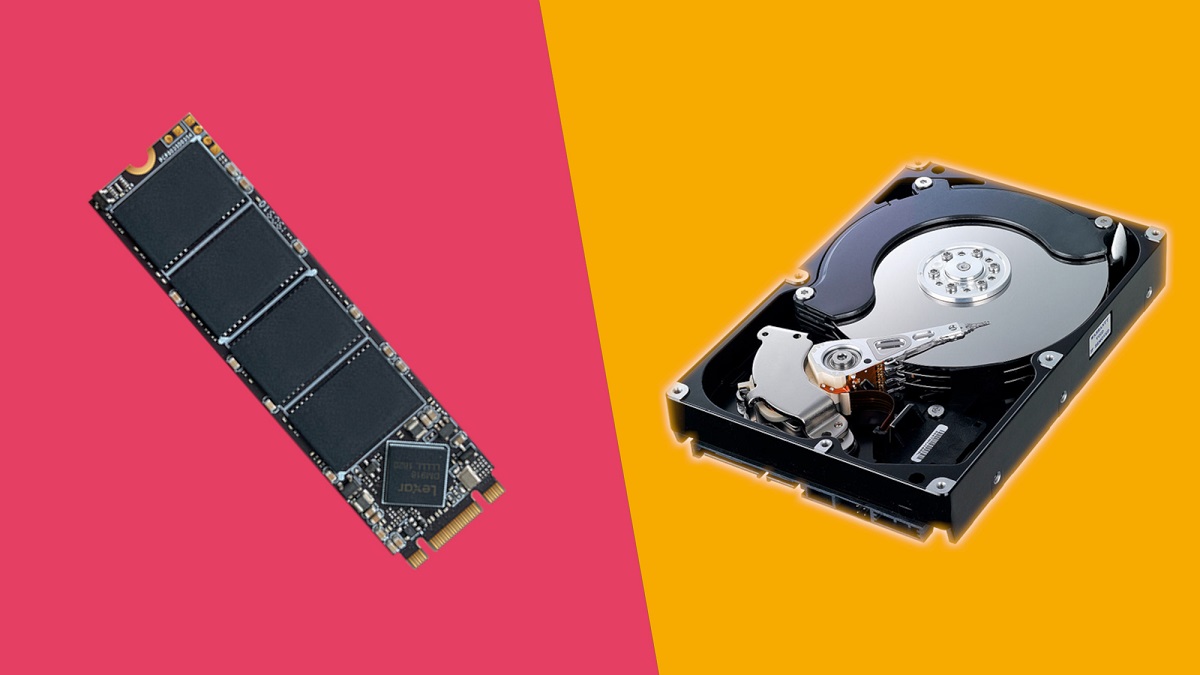Introduction
Welcome to the world of digital storage! In our fast-paced technological era, it is crucial to have efficient and reliable data storage solutions. Two popular options in today’s market are Unified Memory and SSD Storage. These technologies play a vital role in ensuring smooth data processing and retrieval, but they differ in terms of functionality and performance. Understanding the differences between Unified Memory and SSD Storage can help you make informed decisions when it comes to selecting the right storage solution for your needs.
Unified Memory and SSD Storage are designed to address the challenges of storing and retrieving data efficiently. Both technologies have their own unique strengths and weaknesses, making them suitable for different use cases. In this article, we will explore the concepts of Unified Memory and SSD Storage, examine how they work, and outline their respective advantages and disadvantages.
Before diving into the details, it is important to note that Unified Memory and SSD Storage are not mutually exclusive. In fact, they can complement each other in certain scenarios to provide an optimal storage solution. However, it is essential to understand the fundamental differences between these technologies to determine their suitability for specific applications.
What Is Unified Memory?
Unified Memory, also known as shared memory, is a memory management technology that allows both the CPU (Central Processing Unit) and GPU (Graphics Processing Unit) to access the same memory space. Traditionally, CPUs and GPUs had separate memory spaces which meant that data needed to be copied between them, resulting in increased latency and decreased performance.
Unified Memory introduces a unified memory space that is accessible by both the CPU and the GPU, eliminating the need for data transfers. This seamless integration of memory between the CPU and GPU leads to improved performance and efficiency in applications that require intensive graphics processing, such as gaming, video editing, and scientific simulations.
Unified Memory is made possible through the use of advanced memory management techniques that dynamically allocate memory based on the demand from the CPU and GPU. This means that the memory resources are intelligently managed, allowing for more efficient utilization of the available memory.
With Unified Memory, developers can write code that is agnostic to the specific memory location, simplifying the development process and making it easier to port applications between different platforms. Additionally, Unified Memory offers the flexibility of on-demand memory allocation, allowing for more efficient use of system resources.
It’s important to note that Unified Memory is not limited to GPU-related tasks. It can also be utilized for other types of parallel computing, such as multi-threaded applications, where data needs to be shared between multiple threads.
How Does Unified Memory Work?
Unified Memory relies on the concept of virtual memory to provide a unified address space for both the CPU and GPU. Virtual memory is a memory management technique that allows the operating system to allocate and manage memory resources for different processes and applications.
When a program is executed, the operating system creates a virtual address space for that program, which is divided into fixed-sized chunks called pages. These pages are mapped to physical memory locations or storage devices. In the case of Unified Memory, the virtual address space is shared between the CPU and GPU.
When a program running on the CPU or GPU accesses a memory address, the system first checks whether the memory page is present in physical memory. If it is, the CPU or GPU can directly access the data. However, if the requested memory page is not in physical memory, a page fault occurs, indicating that the data needs to be fetched from storage into memory.
Unified Memory employs a page fault handling mechanism that allows the operating system to dynamically migrate memory pages between the CPU and GPU memory spaces. This migration of data is transparent to the application, as the system automatically manages the movement of data between the CPU and GPU memory based on demand.
With Unified Memory, the CPU and GPU can seamlessly share data without the need for explicit data transfers. This improves performance by reducing latency and memory overhead, as data can be directly accessed by either the CPU or GPU, depending on the processing requirements.
It’s worth mentioning that data movement between the CPU and GPU memory spaces can still occur in certain scenarios, such as when data needs to be explicitly copied or when the GPU memory is insufficient to accommodate all the data. However, Unified Memory minimizes these data transfers by intelligently managing memory resources and optimizing the allocation of data.
Benefits of Unified Memory
Unified Memory offers several advantages that make it a compelling choice for certain applications. Here are some of the key benefits:
- Simplified Memory Management: Unified Memory simplifies the memory management process by providing a unified address space. Developers can write code that is agnostic to the specific memory location, which makes it easier to optimize and port applications between different platforms.
- Improved Performance: With Unified Memory, data can be accessed directly by both the CPU and GPU without the need for explicit data transfers. This reduces latency and improves overall performance, especially in applications that require intensive graphics processing or parallel computing.
- Efficient Resource Utilization: Unified Memory dynamically allocates memory based on demand from the CPU and GPU. This allows for more efficient utilization of memory resources, as it eliminates unnecessary data duplication and reduces memory overhead.
- Flexibility and Scalability: Unified Memory provides flexibility in terms of on-demand memory allocation. It allows applications to dynamically allocate and deallocate memory as needed, which is especially useful for applications with varying memory requirements.
- Portability: Since Unified Memory abstracts the underlying memory architecture, applications can be easily ported between different systems and platforms without significant code modifications. This makes it easier for developers to target multiple devices without the need for specialized memory management code.
- Improved Development Productivity: Unified Memory simplifies the development process by eliminating the need for explicit data transfers and memory synchronization. This allows developers to focus more on application logic and functionality, resulting in improved development productivity.
These benefits make Unified Memory a valuable technology in applications that require efficient memory management, seamless CPU-GPU data sharing, and improved performance.
Drawbacks of Unified Memory
While Unified Memory offers many advantages, there are also certain drawbacks to consider. Here are some of the key limitations:
- Memory Limitations: Unified Memory relies on available physical memory to store data. If the system has limited memory capacity, it can limit the amount of data that can be stored and accessed concurrently, potentially affecting application performance.
- Memory Latency: Although Unified Memory reduces data transfers between the CPU and GPU, there can still be some latency involved in accessing shared memory. This latency can result in a slight performance overhead compared to systems with dedicated GPU memory.
- Compatibility: Unified Memory requires compatible hardware and software support. Older systems or systems that do not support Unified Memory may not be able to take advantage of this technology. Compatibility issues may arise when porting applications to different platforms or when working with heterogeneous systems.
- Memory Fragmentation: With Unified Memory, memory is allocated dynamically based on demand. As a result, memory fragmentation can occur, leading to inefficient memory usage and slower performance. Memory defragmentation techniques may be required to optimize memory allocation in such scenarios.
- Overhead: Unified Memory adds an additional layer of memory management and synchronization, which can introduce some overhead compared to systems with dedicated CPU and GPU memory. This overhead can impact performance in certain use cases where low-latency access to memory is critical.
- Platform Dependencies: Unified Memory capabilities may vary across different platforms and operating systems. This can introduce challenges when developing applications targeting specific platforms or when trying to achieve maximum performance across different environments.
Considering these limitations and assessing the specific requirements of your applications is essential to determine if Unified Memory is the right choice for your use case.
What Is SSD Storage?
SSD, or Solid State Drive, storage is a type of data storage device that uses non-volatile flash memory to store and retrieve data. Unlike traditional hard disk drives (HDDs) that use mechanical spinning disks, SSDs rely on integrated circuits to store data, resulting in faster access times and improved performance.
The primary component of an SSD is NAND flash memory, which is organized into memory cells that can be electrically programmed and erased. These cells retain data even without power, making SSDs non-volatile and highly reliable.
SSDs come in various form factors, including 2.5-inch drives for laptops and desktops, M.2 drives for ultrabooks and smaller devices, and PCIe/NVMe SSDs for high-performance systems. They connect to the computer’s motherboard through different interfaces, such as SATA (Serial Advanced Technology Attachment) or PCIe (Peripheral Component Interconnect Express), enabling fast data transfer rates.
SSD storage offers significant advantages over traditional HDDs. They deliver faster read and write speeds, resulting in improved overall system performance and reduced file access times. Additionally, SSDs are more durable as they have no moving parts, making them less susceptible to physical damage due to shocks or vibrations.
One important consideration when it comes to SSD storage is the concept of endurance or write cycles. Each memory cell in an SSD has a limited lifespan in terms of how many times it can be written to before it degrades. However, modern SSDs employ wear leveling algorithms and advanced controllers to distribute write operations evenly across the memory cells, extending the overall lifespan of the drive.
SSD storage has become increasingly popular due to its speed, reliability, and compact form factor. It is widely used in consumer electronics, such as laptops, tablets, and smartphones, as well as in enterprise systems and data centers where high-performance storage is essential.
How Does SSD Storage Work?
SSD storage operates on the principle of NAND flash memory, which consists of memory cells organized in an array. Each memory cell can store multiple bits of data, typically 2 or more, allowing for high data density. Understanding how SSD storage works involves examining the two key operations: writing and reading data.
Writing Data: When data is written to an SSD, it goes through several stages. First, the controller determines an appropriate block of memory cells to write the data. Next, the block is erased to ensure that it is in a clean state. After erasure, the data is programmed and stored in the memory cells by applying an electric charge that alters the state of the cell. The process of erasing and programming memory cells is carried out at the block level, which consists of multiple pages. SSDs often employ wear leveling algorithms to distribute the write operations across different blocks, preventing accelerated wear on specific areas of the memory.
Reading Data: When data needs to be retrieved from an SSD, the controller identifies the location of the data using a mapping table. The controller then reads the requested page(s) from the appropriate memory block(s) and retrieves the stored data. SSDs are known for their fast read speeds, as they can access data directly from the memory cells electronically, without relying on mechanical components like spinning disks in traditional hard drives.
SSDs also employ error correction codes (ECC) to ensure data integrity. These codes are used to detect and correct errors that may occur during the reading or writing process. By implementing ECC, SSDs can ensure the accuracy and reliability of stored data.
Another important aspect of SSD storage is the presence of a controller. The controller is a crucial component responsible for managing the operations of the SSD, including data transfer, wear leveling, error correction, and overall performance optimization. The controller acts as the bridge between the SSD and the computer system, facilitating the smooth functioning of the storage device.
Overall, SSD storage operates on the principles of NAND flash memory, leveraging the advantages of solid-state technology to deliver faster access times, improved performance, and enhanced durability compared to traditional HDDs.
Benefits of SSD Storage
SSD storage offers numerous benefits that make it a popular choice in various applications. Here are some of the key advantages of using SSDs:
- Speed and Performance: SSDs provide significantly faster data access and transfer speeds compared to traditional hard drives. This results in reduced boot times, faster application loading, and improved overall system responsiveness. SSDs excel in tasks that require fast random read and write operations, such as opening large files, running software, or loading games.
- Reliability and Durability: Unlike traditional hard drives, SSDs have no moving parts, which makes them more resistant to physical damage caused by shock, vibration, or accidental drops. This significantly improves their reliability and durability, making them ideal for portable devices or environments prone to movement or vibrations.
- Energy Efficiency: SSDs consume less power than traditional hard drives, resulting in better energy efficiency and extended battery life for laptops, tablets, and other portable devices. The absence of mechanical parts also reduces heat generation, contributing to a cooler and quieter computing experience.
- No Noise and Vibration: SSDs operate silently due to the absence of spinning disks and mechanical read/write heads. This eliminates the noise and vibrations typically associated with traditional hard drives. This makes SSDs well-suited for environments where low noise levels are desirable, such as recording studios or quiet office settings.
- Compact Form Factor: SSDs are available in compact form factors, such as M.2 and PCIe/NVMe drives, which take up less space inside a computer system. This allows for more flexible system configurations, especially in small-form-factor devices like ultrabooks or slim desktops.
- Improved File Accessibility: SSDs deliver faster random access times, enabling quicker retrieval of files and data. This translates into faster file searches and improved performance in tasks that involve accessing multiple files simultaneously, such as video editing, data analysis, or virtual machine use.
These benefits make SSD storage an attractive choice for a wide range of applications, including consumer electronics, professional workstations, gaming systems, and enterprise environments that require high-performance and reliable storage solutions.
Drawbacks of SSD Storage
While SSD storage offers many advantages, there are also some drawbacks to consider. Here are a few key limitations:
- Cost: SSD storage is generally more expensive compared to traditional hard drives on a per-gigabyte basis. Although SSD prices have been declining, they still tend to be higher, especially for larger capacity drives. This can be a limiting factor for budget-conscious users or when high storage capacities are required.
- Capacity Limitations: SSDs have lower maximum storage capacities compared to traditional hard drives. While the gap is closing, HDDs still offer higher capacities at more affordable prices, which makes them a better choice for storing large amounts of data, such as media libraries or data backups.
- Limited Lifespan: Each memory cell in an SSD has a finite number of write cycles before it degrades. While modern SSDs have improved endurance through wear leveling and advanced controllers, the lifespan of an SSD is still limited. However, for typical consumer use, the lifespan is generally sufficient and often extends beyond the useful life of the device itself.
- Performance Degradation: Over time, SSD performance can degrade due to write amplification and increased fragmentation. Write amplification occurs when data is written and erased from SSDs, resulting in additional write operations and reducing the drive’s overall lifespan. Fragmentation also impacts performance, although SSDs are less affected by it compared to traditional hard drives.
- Data Recovery: In the event of data loss or the need for data recovery, SSDs can be more challenging to recover data from compared to traditional hard drives. The complex nature of data storage in SSDs requires specialized tools and techniques for data recovery, which can be expensive and time-consuming.
- Write Speed Reduction: While SSDs excel in read speeds, sustained write speeds can be lower compared to traditional hard drives, especially with lower-end or older SSD models. This can affect tasks that involve frequent and large file transfers, such as content creation or video editing.
Considering these limitations is crucial when evaluating the suitability of SSD storage for your specific needs. It’s important to weigh the advantages and disadvantages to make an informed decision based on your budget, capacity requirements, and expected use cases.
Unified Memory vs SSD Storage: A Comparison
Unified Memory and SSD Storage are two distinct technologies that serve different purposes in the realm of data storage and processing. Let’s compare them based on several key factors:
- Functionality: Unified Memory enables seamless sharing of memory resources between the CPU and GPU, facilitating efficient data transfer and improved overall performance in graphics-intensive tasks. On the other hand, SSD storage provides fast and reliable storage and retrieval of data, benefiting a wide range of applications that require quick access to files and data.
- Speed and Performance: Unified Memory enhances performance by eliminating the need for data transfers between the CPU and GPU. This can result in faster processing and reduced latency in graphics-related tasks. SSD storage offers faster read and write speeds compared to traditional hard drives, leading to faster boot times, quicker app launches, and improved overall system responsiveness.
- Memory Hierarchy: Unified Memory operates within the memory hierarchy of a system, allowing data to be accessed by both the CPU and GPU. In contrast, SSD storage is a separate storage medium that serves as a secondary storage option for data storage and retrieval purposes.
- Compatibility: Unified Memory requires compatible hardware and software support to function effectively. This can introduce compatibility issues when working with older systems or systems without unified memory capabilities. SSD storage, on the other hand, is widely compatible across different systems and can be used as a standalone storage solution or in conjunction with other storage devices.
- Cost: In terms of cost, Unified Memory does not add any additional expenses to the system as it leverages the existing memory resources. However, SSD storage is generally more expensive compared to traditional hard drives, although prices have been declining over the years.
- Use Cases: Unified Memory is particularly beneficial in applications that require intensive graphics processing, such as gaming, video editing, and scientific simulations. SSD storage, on the other hand, is well-suited for a wide range of applications where fast and reliable data storage and retrieval are essential, including consumer electronics, professional workstations, and enterprise environments.
It’s important to note that Unified Memory and SSD Storage are not mutually exclusive technologies. In fact, they can complement each other in certain scenarios. For example, Unified Memory can be used alongside SSD storage to enhance graphics processing performance by reducing data transfers between the CPU and GPU.
Ultimately, the choice between Unified Memory and SSD Storage depends on the specific requirements of the application or use case. Evaluating factors such as functionality, performance needs, compatibility, and budget considerations can help determine the most suitable option for your particular scenario.
Conclusion
Unified Memory and SSD Storage are both important technologies in the realm of data storage and processing, each offering distinct advantages and limitations. Unified Memory enables seamless sharing of memory resources between the CPU and GPU, enhancing performance in graphics-intensive tasks. On the other hand, SSD storage provides fast and reliable data storage and retrieval, improving overall system responsiveness.
While Unified Memory excels in applications requiring intensive graphics processing, such as gaming or scientific simulations, SSD storage is well-suited for a wide range of use cases where fast and reliable storage and retrieval of data are crucial.
When considering which technology to use, it is important to evaluate the specific requirements of the application, taking into account factors such as functionality, performance, compatibility, cost, and use case. Unified Memory offers streamlined memory management and improved performance for GPU-related tasks, while SSD storage provides faster access times, improved durability, and higher energy efficiency.
It is worth noting that Unified Memory and SSD Storage are not mutually exclusive. In fact, they can work together synergistically to enhance performance in certain scenarios. Unified Memory can be utilized alongside SSD storage to further optimize graphics processing performance by reducing data transfers between the CPU and GPU.
Ultimately, the choice between Unified Memory and SSD Storage depends on the specific needs and budget of the application. Understanding the strengths and weaknesses of each technology enables informed decision-making, ensuring that the chosen storage solution aligns with the requirements of the system or application.
Whether you prioritize seamless memory sharing or fast data storage, both Unified Memory and SSD Storage contribute to enhancing efficiency and performance in various computing environments. By considering their unique features and benefits, you can select the most suitable option to optimize your data storage and processing needs.







